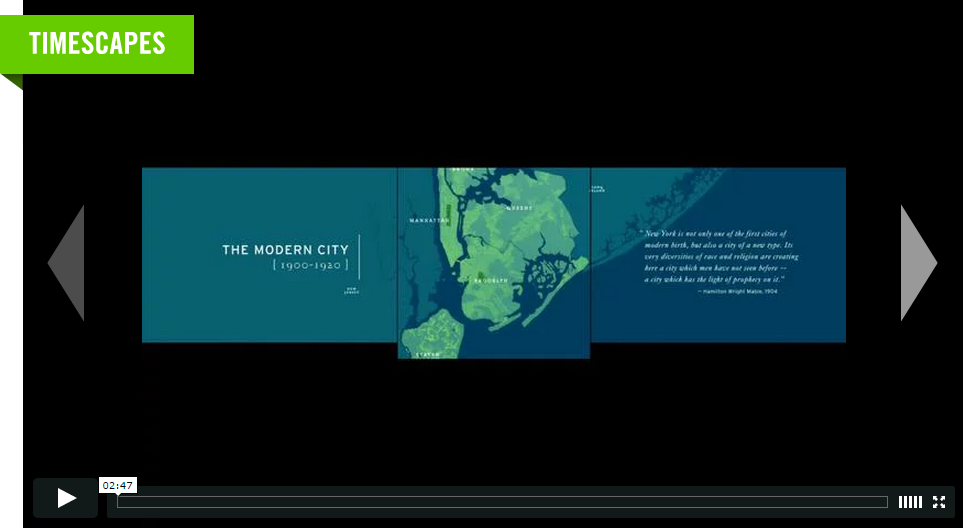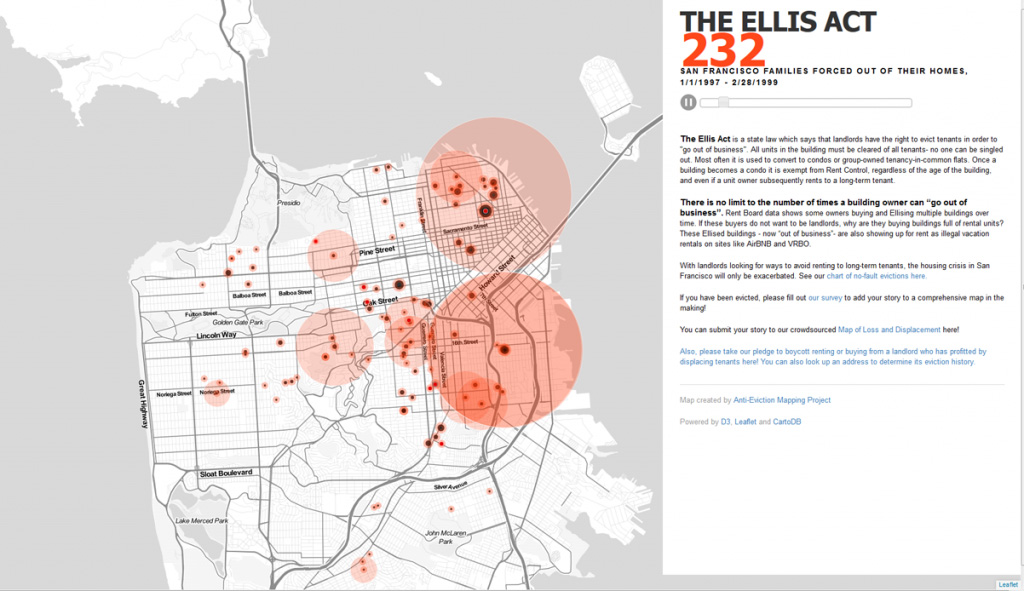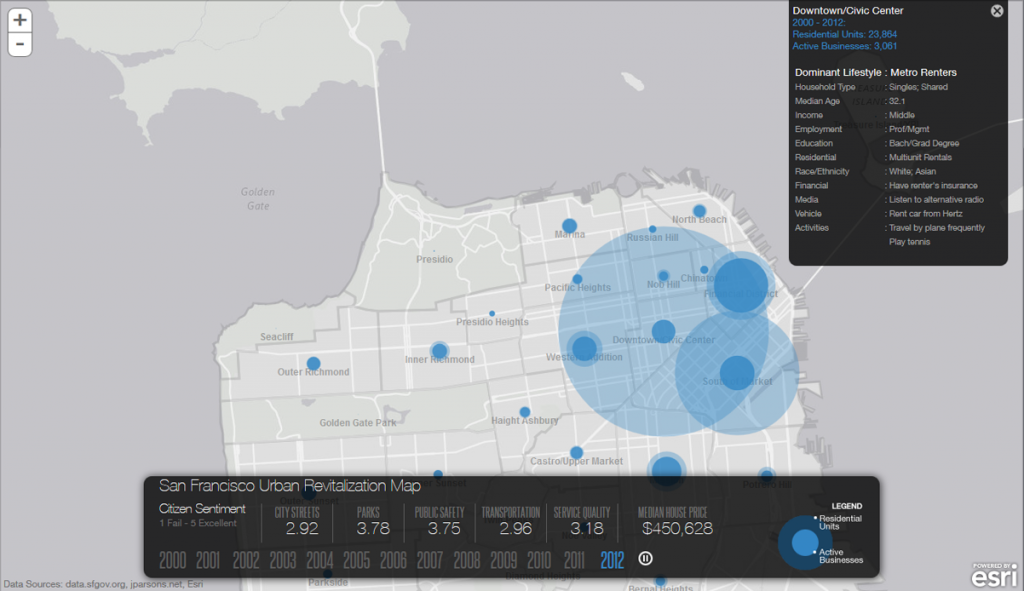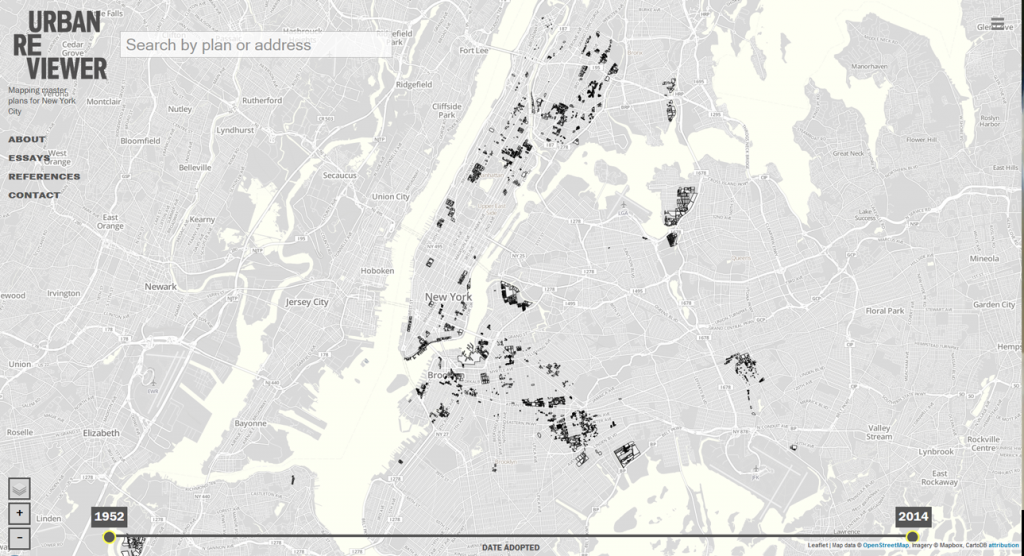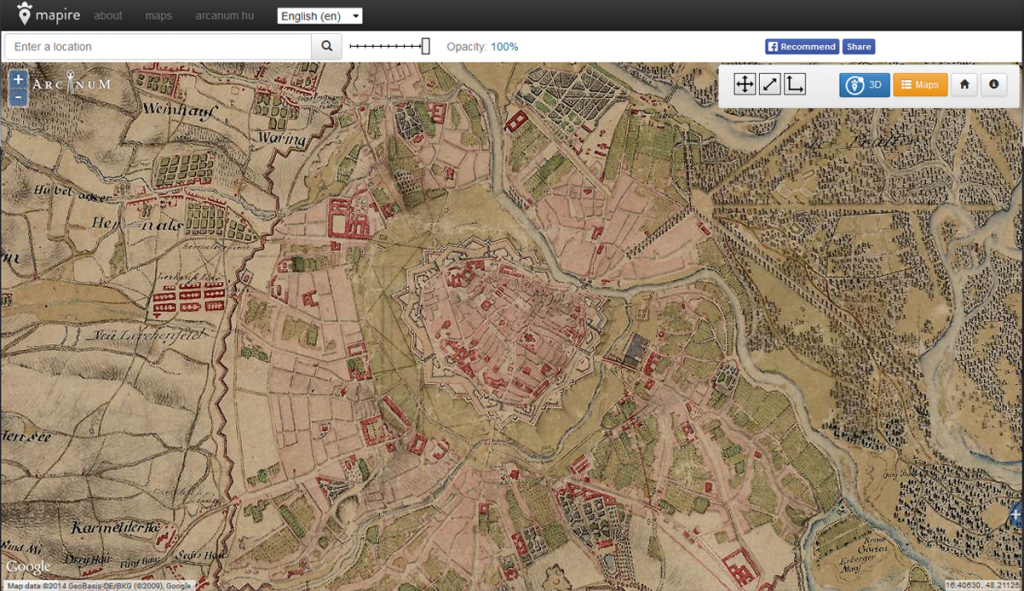My name is Burcu and I am doing my PhD at the Vienna University of Technology at the Department of Spatial Planning with Professor Sibylla Zech.
The project Urban Change in Time (UCIT) is a part of my doctoral thesis “The Role of Visual Representations in Urban Planning” and it will be available as Open Source under the GNU GPLv3 license model.
The project aims to create a web browser application which allows one to undertake a journey through time in Vienna or in Austria. The application allows the integration of geo-spatial information (maps) from past years till today into a web page where you can follow the transformation of the city with a simple time slider.
The general aim of this project is to make the geo-spatial information available for general use. For an effective “information culture” the approach to make information open, transparent in a rapid and easy manner is vital to the success of any academic and scientific institutions, students, public and private sector and most importantly for common people in order to empower them.
UCIT is now funded by the Internet Foundation Austria under the Netidee 2013 Funding Program and this blog is created in order to document the process and to disseminate the project. At the home page similar projects or the projects which have time perspective in it will be posted.
Greets,
burcu

